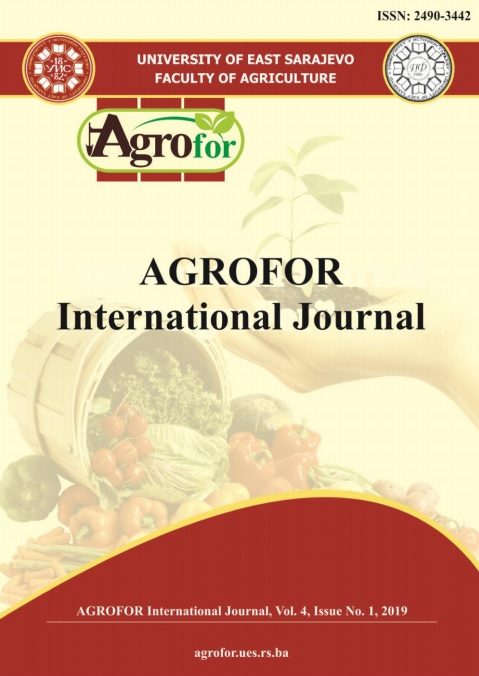PRODUCTIVITY AND COMPETITIVENESS OF RWANDAN AGRICULTURE: A CASE STUDY OF THE MAIZE SECTOR
DOI:
https://doi.org/10.7251/AGRENG1901032MAbstract
This study investigated the level of productivity and competitiveness of Rwandan
agriculture by focusing on the case study of the maize sector. The data were
collected through close monitoring of maize production activities on a sample of 50
producers from five maize producers’ cooperatives selected in the districts of
Huye, Rusizi, Gasabo, Burera and Bugesera (Rwanda) during two agricultural
seasons of 2013/2014 and 2014/2015. They were supplemented by direct
observation, interviews with targeted resource persons and secondary data on
maize imports and exports retrieved from FAOSTAT website. The analysis was
conducted using the comparative analysis, the farm-level economic performance
indicators, the Net Export Index (NEI) and the Grubel-Lloyd (GL) measure. The
results revealed that the yield was very low compared to theoretical expected yields
for about 80% of producers. The analysis showed that the rational use of improved
seeds, chemical and organic fertilizers improved the yield. The analysis of the NEI
and the GL measures for maize flour and maize grain revealed that Rwanda was a
net importer. For these staple foods, the results revealed that if Rwanda managed,
through policy and institutional actions, to remove or alleviate the bottlenecks that
prevent farmers from producing enough for export, it could have had a competitive
advantage on regional markets.

